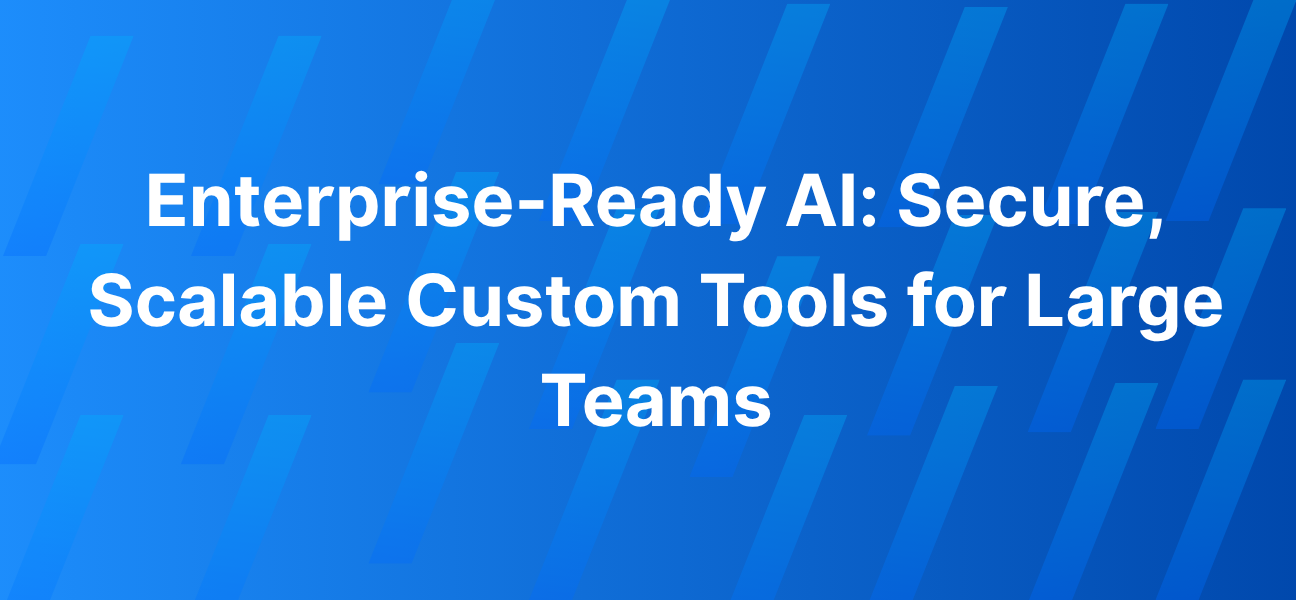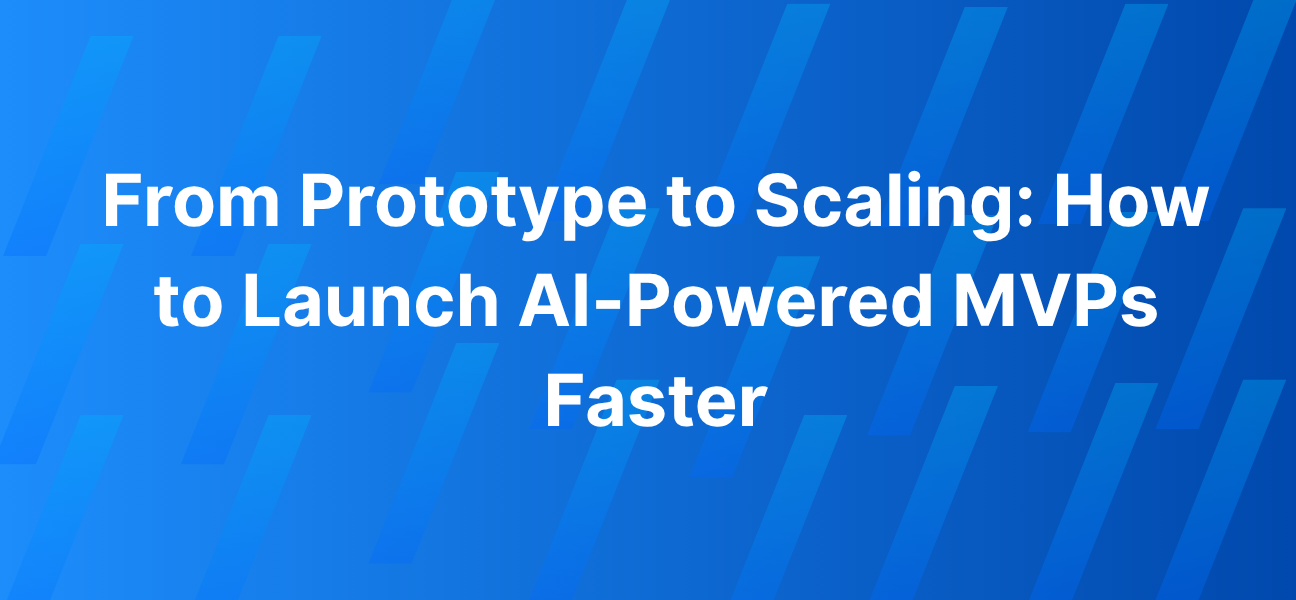Launching AI models into production is no longer the exclusive domain of DevOps teams.
With modern tools and frameworks designed for data scientists, it’s possible to deploy robust, maintainable ML systems without deep DevOps experience.
This guide explores how to close the gap—empowering data professionals to own model lifecycle management safely and efficiently.
1. What Does “Without DevOps” Really Mean?
- Focus on autonomy for data scientists: You don’t need to configure servers, CI pipelines, or manage Kubernetes clusters.
- Use purpose-built MLOps frameworks: These abstract away infrastructure concerns while still enforcing best practices.
- Ensure reliability and governance: Through tooling that handles versioning, reproducibility, and monitoring.
2. Leverage DVC for Data & Model Versioning
Data Version Control (DVC) is a powerful, open-source tool that brings software development workflows into ML:
- Tracks datasets, experiments, and model versions via Git-compatible pipelines.
- Enables reproducibility and traceability across model iterations.
- Eliminates the need to build custom data pipelines from scratch. Wikipedia
3. Embrace MLOps Principles Without Full DevOps
MLOps merges machine learning with DevOps best practices—covering the whole model lifecycle:
- From experiment tracking and CI/CD to governance and monitoring.
- Tools like MLflow, Kubeflow Pipelines, and cloud-native platforms support no-code or low-code deployment.
- MLOps adoption has shown a 3–15% uplift in profit margins for early adopters. Wikipedia
4. Hot-Swappable Models: Smart Deployments with Less Complexity
New strategies—like “Reusable MLOps”—enable seamless model replacement without infrastructure downtime:
- Hot-swapping allows updated models to be rolled out within the same microservice or deployment.
- Avoids redeployment efforts and reduces risks tied to infrastructure changes.
- Empowers data scientists to iterate rapidly in production.
5. Creating Lightweight Deployment Pipelines
- Use Git for version control, combined with DVC for large files and models.
- Choose a managed MLOps platform (e.g., MLflow, Seldon, SageMaker) that handles deployment, scaling, and monitoring under the hood.
- Enable CI/CD with GitOps tools that trigger model deployment when code—or DVC-tracked artifacts—change.
- Incorporate health checks and performance monitoring—even simple dashboards can alert you to drifts or failures.
- Leverage hot-swapping to release new model versions seamlessly.
6. Real-World Workflow Example
- Data scientist commits model code and tracked data using DVC.
- Push triggers a pipeline: model is packaged and deployed into a serving endpoint.
- If performance improves, the model is swapped in with no downtime.
- Metrics from serving (latency, accuracy drift, request volume) feed back into the model registry.
7. Key Benefits
- Ownership & speed: You control deployment timing without waiting for DevOps sprints.
- Cost-efficiency: Avoid hiring dedicated infrastructure engineers for lightweight use cases.
- Reproducibility: Full version history for data, models, and experiments ensures auditability.
- Scalability: As use grows, DevOps can be gradually introduced—without redoing your pipelines.
Key Takeaways
- DVC enables versioning of data and models in Git-based workflows.
- MLOps practices can be adopted without full DevOps infrastructure.
- Hot-swappable deployments boost iteration speed and reliability.
- Lightweight pipelines put autonomy back into data scientists’ hands.




